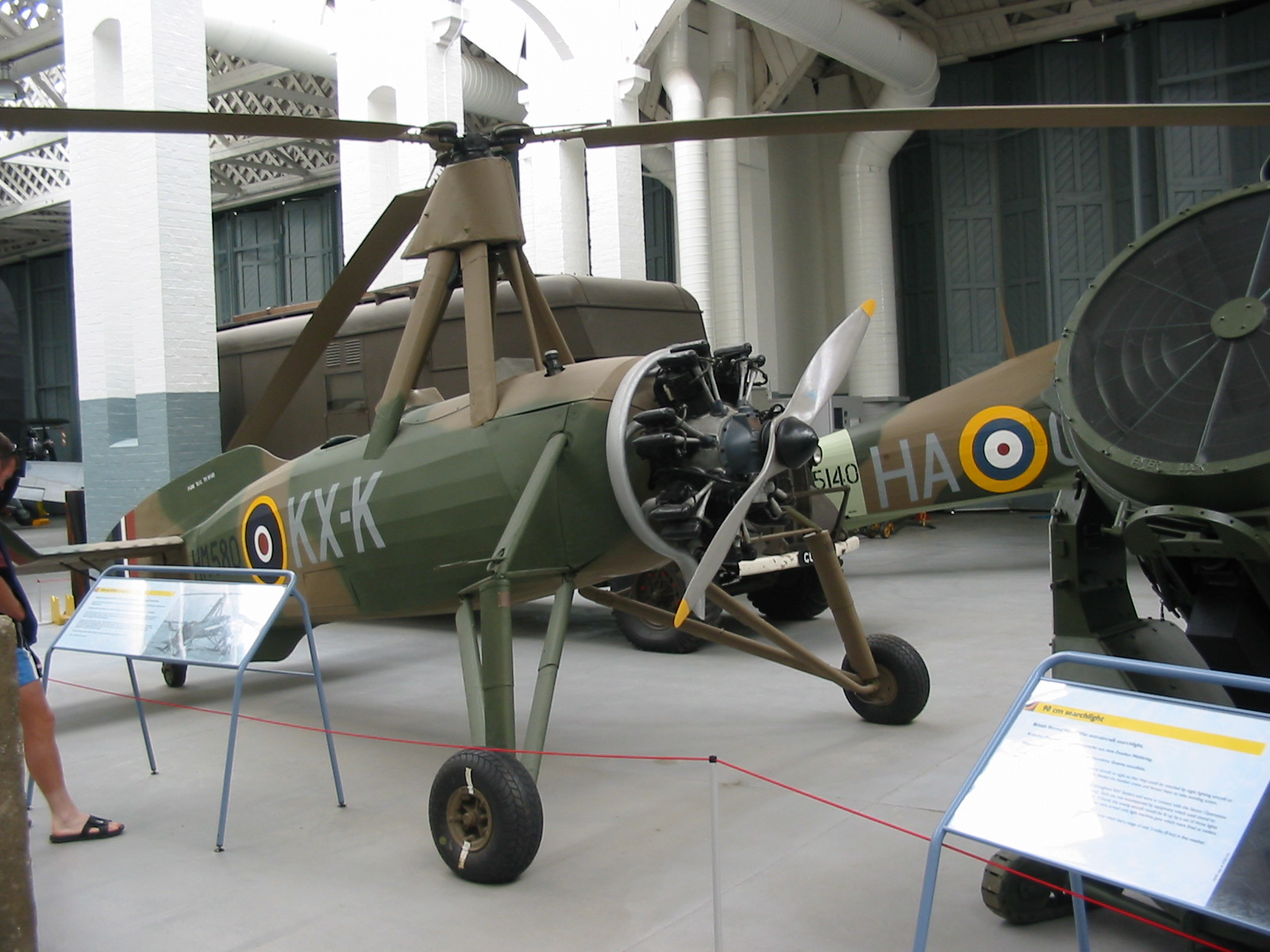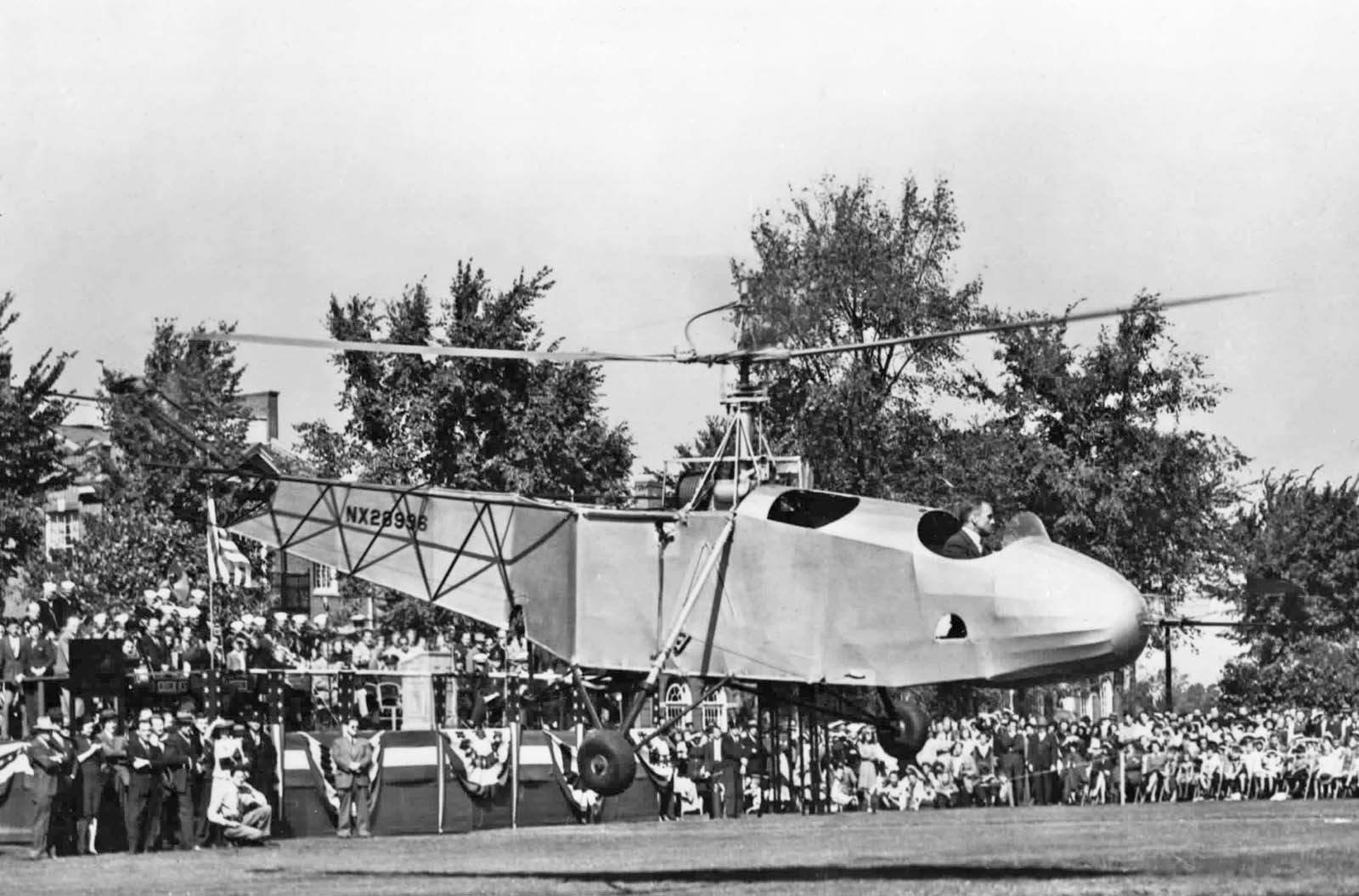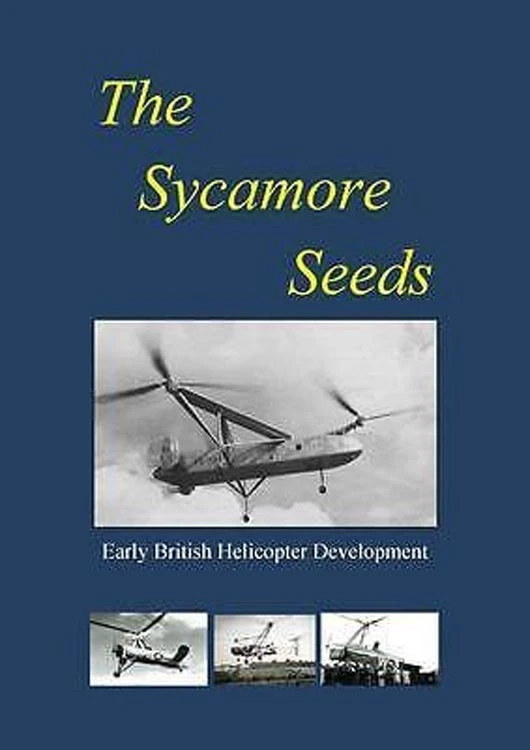Autorotation as foundation; powered hover as destination.
Introduction: The Bridge to Vertical Flight
Before the helicopter matured into a practical vertical-lift machine, the autogyro established the physics and confidence that made rotary-wing flight inevitable. Based on comprehensive research documented in Charles E. MacKay's authoritative work The Sycamore Seeds: The Early History of the Helicopter, this Enhanced Edition presents the complete story of how Juan de la Cierva's breakthrough with the freely articulating rotor—flapping and lead-lag hinges—tamed dissymmetry of lift and enabled safe autorotation, while pioneers like Igor Sikorsky transformed these insights into reliable powered hover. This comprehensive analysis explains the aerodynamic differences, the overlapping technologies, and the evolutionary step from autorotative lift to controlled vertical flight.
The book The Sycamore Seeds: The Early History of the Helicopter provides comprehensive coverage of helicopter development from earliest times to 1960, including Cierva, Focke Achgellis, Sikorsky, Weir, and others. Researched from company records and contemporary publications, this definitive 219-page A5 work, profusely illustrated with over 300 rare pictures and one colour, includes unique drawings and illustrations published for the first time. The history of the Autogiro is covered comprehensively, including the role of Juan de la Cierva to his death in an air crash, demonstrating how autogyro development established principles that would guide helicopter design.
This Enhanced Edition draws on The Sycamore Seeds to provide a comprehensive technical comparison of autogyros and helicopters, examining their aerodynamic differences, control systems, applications, and legacy. Understanding the relationship between autogyros and helicopters provides valuable insights into the evolution of vertical flight technology and the engineering principles that enabled practical rotorcraft development.
The lineage between autogyros and helicopters is continuous: without Cierva's rotors and the discipline of autorotation, Sikorsky's powered rotorcraft would have lacked a safe descent mode and a practical envelope. Today's rotorcraft research—coaxial, compound, tiltrotor—still balances the same forces Cierva and Sikorsky tamed. This comprehensive analysis demonstrates how autogyro technology provided the foundation for helicopter development, establishing principles that remain fundamental to modern rotorcraft design.

Aerodynamics: Autorotation vs Powered Hover
Autogyros employ an unpowered rotor that spins due to air inflow through the disc during forward motion; a conventional propeller provides thrust. The advancing and retreating blades experience dissymmetry of lift, resolved by Cierva’s hinge systems and by cyclic variation of blade angle of attack. Helicopters, by contrast, power the rotor to produce lift and thrust, using collective and cyclic pitch to control magnitude and direction. Autorotation remains the helicopter’s emergency descent mode—proof that autogyro physics never left the stage.

Rotor Mechanics and Controls: From Simple to Complex
The autogyro's rotor, being unpowered, is mechanically simpler, but requires adequate forward airspeed for lift. Helicopters add transmission, swashplate, and anti-torque systems, raising complexity but unlocking vertical take-off and landing, hover, and lateral/vertical reposition without runway. Early helicopter pioneers exploited collective pitch to command rotor thrust and cyclic pitch to vector it, while tail rotors (or later, coaxial and NOTAR concepts) countered main-rotor torque.
The comprehensive documentation of rotor mechanics in The Sycamore Seeds demonstrates how control systems evolved from autogyro simplicity to helicopter complexity. Autogyro controls required cyclic pitch variation for directional control, while helicopters added collective pitch for thrust control and tail rotor systems for torque compensation. Understanding this evolution provides valuable insights into how control systems developed to enable vertical flight.
The swashplate mechanism, essential for helicopter control, enables simultaneous collective and cyclic pitch control. This mechanism, developed for helicopter operations, built upon autogyro cyclic pitch systems while adding collective control capability. The comprehensive documentation of swashplate development ensures that the complete story of rotorcraft control evolution is properly preserved.
Anti-torque systems evolved from autogyro directional control to helicopter tail rotors, coaxial rotors, and NOTAR systems. Each solution addressed the fundamental challenge of countering main rotor torque while maintaining directional control. The comprehensive documentation of anti-torque systems demonstrates how engineering solutions evolved to meet helicopter requirements while preserving autogyro principles.

Applications and Mission Profiles
Autogyros offered remarkable short-runway performance, slow-speed handling, and docile autorotative descent—excellent for liaison and observation. Helicopters multiplied these virtues by removing runway dependence: search and rescue, medevac, oil-rig support, shipborne logistics, and special operations all became routine. Military doctrine absorbed helicopters as utility lifters, gunships, and scout platforms; civil economies restructured supply chains around helilift.

Legacy and Modern Variants
Modern autogyros survive as efficient sport and patrol aircraft; helicopters dominate vertical lift. The lineage is continuous: without Cierva’s rotors and the discipline of autorotation, Sikorsky’s powered rotorcraft would have lacked a safe descent mode and a practical envelope. Today’s rotorcraft research—coaxial, compound, tiltrotor—still balances the same forces Cierva and Sikorsky tamed.
Autorotation: Physics and Safety Envelope
Autorotation extracts energy from upward airflow through the rotor disc. Blade element theory explains how inflow angle and rotational speed set blade angle of attack segments. In both autogyro cruise and helicopter engine-out descent, managing rotor RPM via collective and airspeed is central to safe touchdown. Demonstrated, practised autorotation underpins certification and training.

British Lineage and the Bristol Sycamore
Britain’s first production helicopter, the Bristol Sycamore, embodied lessons from autogyro research while adding powered rotor control laws, crew ergonomics, and maintainability. As operations expanded—SAR, medevac—the procedural discipline of autorotation remained the foundation of safety cases.
Modern Concepts: Coaxial, NOTAR, and Tiltrotor
Modern designs pursue efficiency and noise reduction: coaxial counter-rotating rotors remove the tail rotor penalty; NOTAR leverages boundary-layer control; tiltrotors trade hover efficiency for high cruise speed. Each solution revisits trade-offs first confronted by Cierva and Sikorsky: torque balance, control authority, and mission economics.
Training, Certification, and Safety Culture
Pilot training for rotorcraft centres on energy management and control coordination. For helicopters, power changes interact with rotor RPM and tail-rotor thrust; for autogyros, glidepath control depends on airspeed and descent angle. Certification standards require demonstrated autorotation, controllability in crosswind, and stable handling across loading. Operational culture emphasises discipline around power margins, density altitude, and obstacle environments.

Further Reading and Related Works
For comprehensive coverage of autogyro and helicopter development and related topics, explore these authoritative works by Charles E. MacKay:
- The Sycamore Seeds: The Early History of the Helicopter — The definitive 219-page A5 work profusely illustrated with over 300 rare pictures and one colour, including unique drawings and illustrations published for the first time, covering helicopter development from Autogyros to 1950s helicopters, with comprehensive coverage of Cierva, Sikorsky, Weir, and Focke developments
- Helicopter Development Pioneers: From Cierva's Autogyros to Modern Rotorcraft — Comprehensive analysis of vertical flight evolution, rotor aerodynamics, control systems, and the procedures that transformed dangerous experiments into routine operations
- Bristol Sycamore: British Helicopter Development Pioneer — Detailed coverage of Britain's first production helicopter and how autogyro principles were adapted for helicopter operations
- Bristol Sycamore: Britain's First Helicopter — Comprehensive coverage of Britain's first operational helicopter and its role in establishing British rotorcraft capabilities
- Sikorsky VS-300: The Helicopter Breakthrough — Detailed examination of the first practical helicopter and its influence on subsequent developments
- Rotorcraft: Military Applications — Analysis of helicopter military operations and their evolution
- Modern Furniture Shavings for Breakfast: the Morris Furniture Company — Includes coverage of Morris Furniture's rotor blade manufacturing for autogyros and helicopters
Related Articles
- Helicopter Development Pioneers — Comprehensive coverage of rotorcraft development from early experiments to modern helicopters
- Bristol Sycamore Development — British post-war helicopter development and applications
- Sikorsky VS-300: The Breakthrough — Detailed examination of the first practical helicopter
References
- Royal Air Force Museum — Aircraft Collection — Royal Air Force Museum
- Imperial War Museums — Aviation History Articles — Imperial War Museums
- FlightGlobal Archive — FlightGlobal
